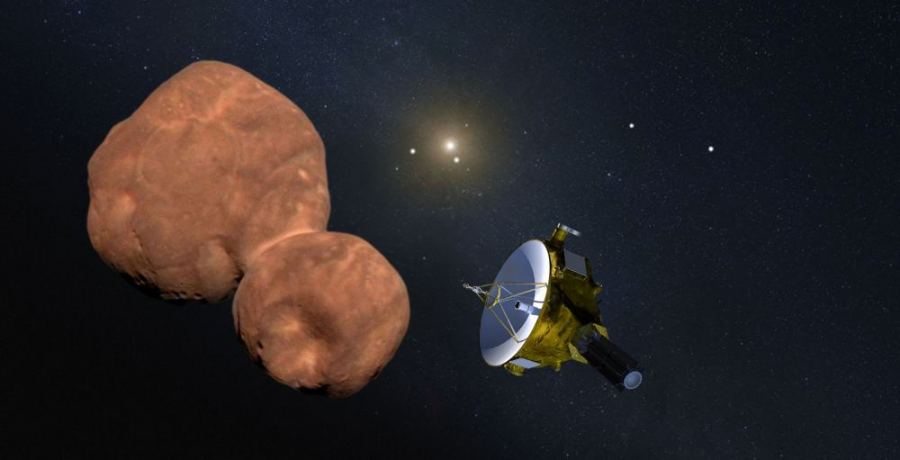
This summer, the first all-electric thruster will be tested in orbit. This technology could revolutionize commercial space as know it!
Continue reading

New research shows that carbon was more abundant in the early Universe than previously thought, a find that could have drastic implications for theories on cosmic evolution.
Continue reading

An international team of astronomers discovered a "fossil galaxy" that consume its neighbors, the farthest observed to date!
Continue reading

A new study looks at what it takes to survive beyond Earth, raising serious questions about whether or not human migrations to space is "Inevitable."
Continue reading

China just showed off the massive storage tank that will be part of the super-heavy launch vehicle, the Long March 9.
Continue reading

New Comet C/2023 A3 Tsuchinshan-ATLAS may put on a show at the end of next year.
Continue reading

A team of astronomers from Japan have found a strange "Tadpole" shaped dust cloud near the center of our galaxy, and concluded that it orbits a intermediate-mass black hole.
Continue reading

Based on seismic data from about 200 earthquakes in the past decade, a team of Australian scientists found evidence of a fifth layer in Earth's interior: an innermost-inner core!
Continue reading

 Universe Today
Universe Today















































